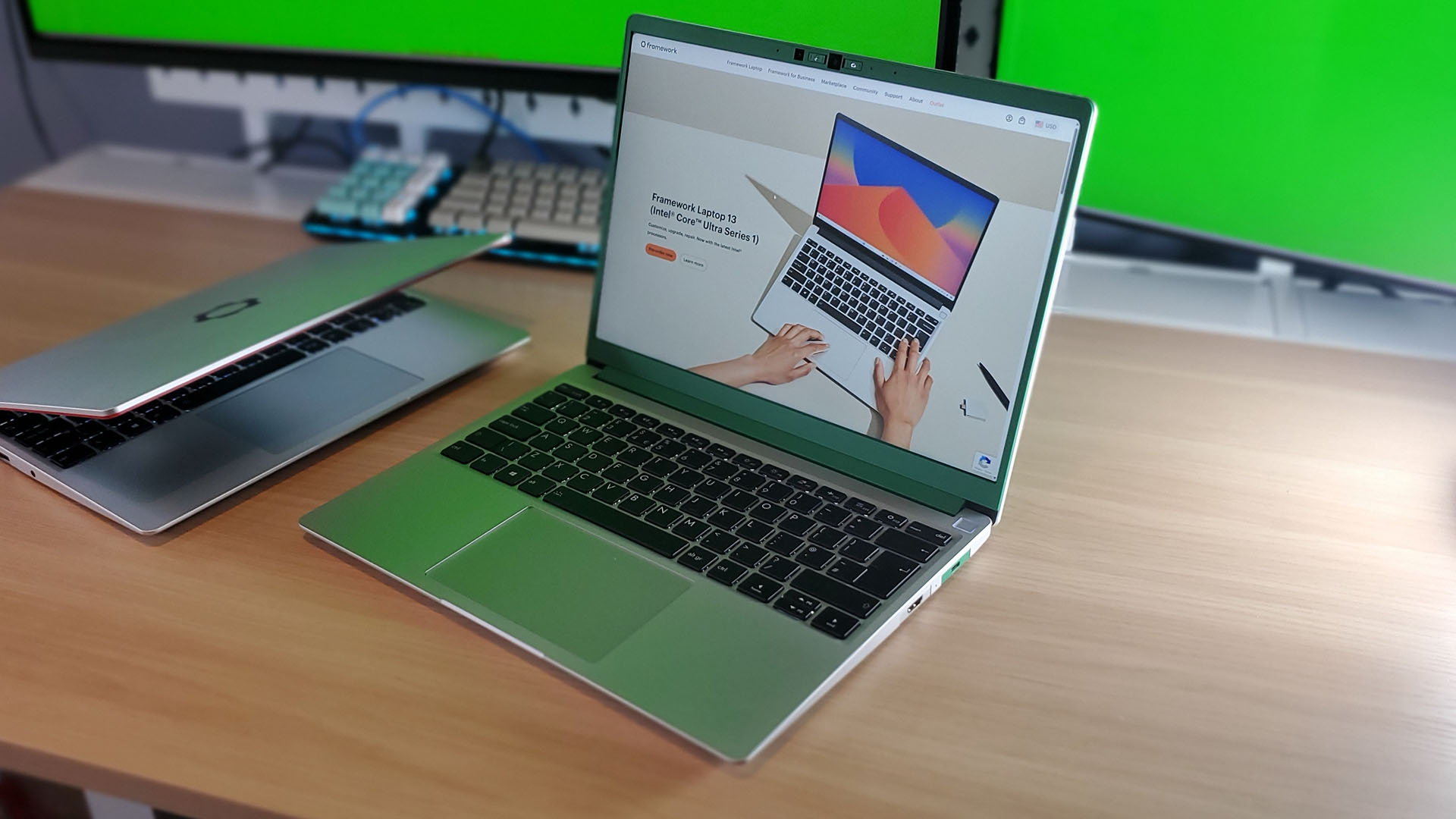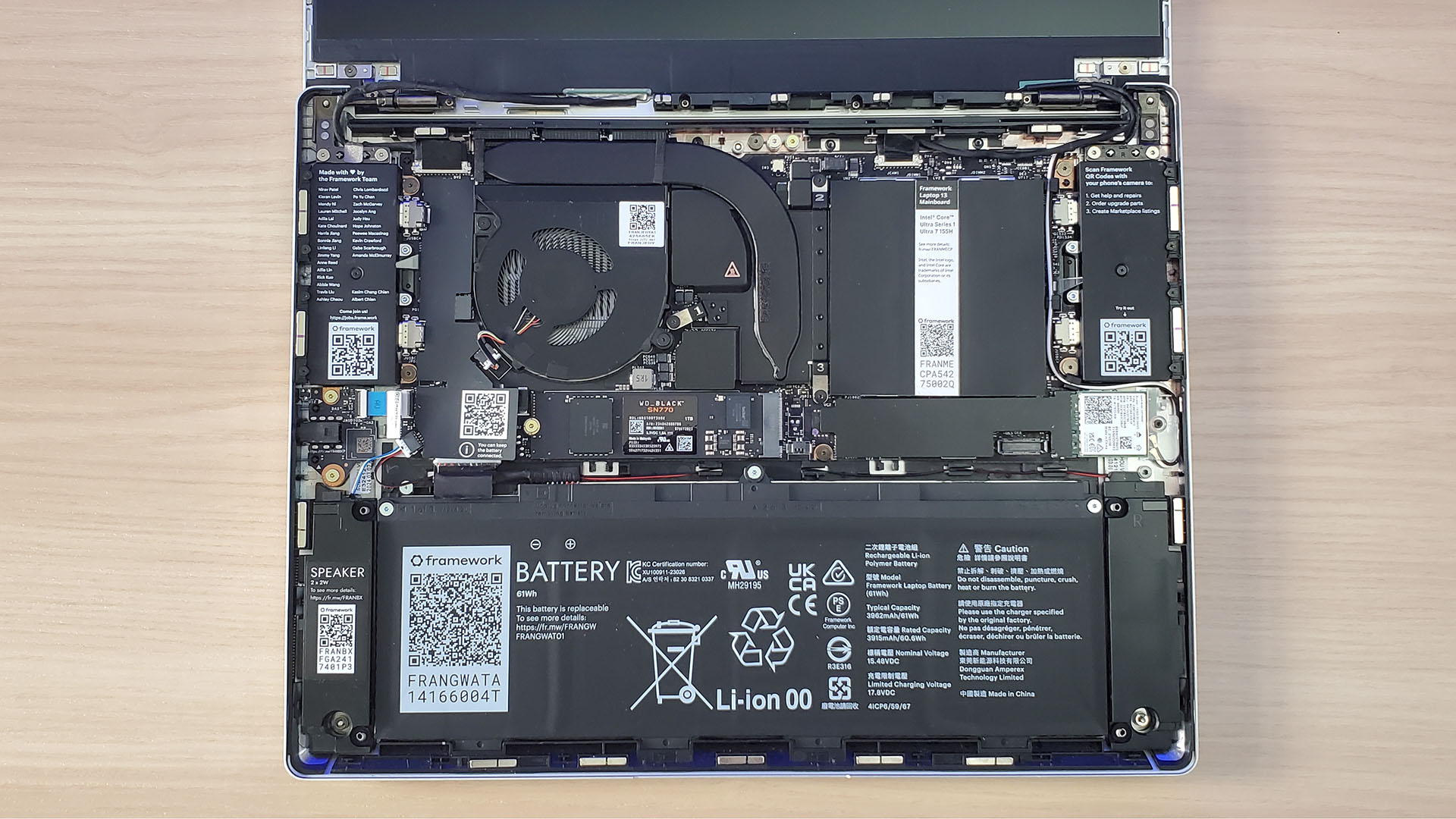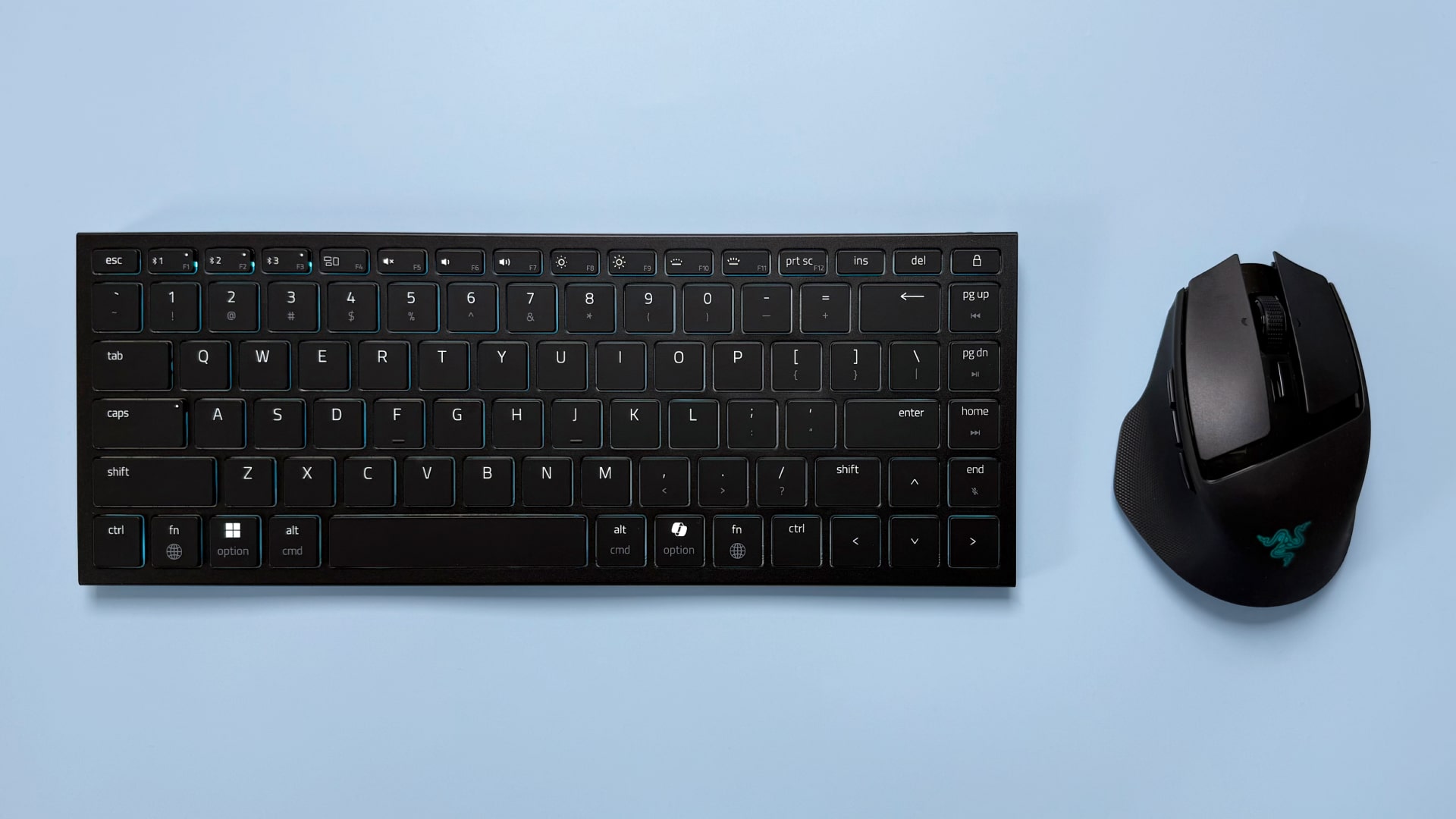Our Verdict
The Framework 13 is still my favourite laptop, for all the company's dogged commitment to upgradeability and longevity. But this latest Intel Core Ultra mainboard, thanks to the weaker Meteor Lake hardware, feels like a bit of a backward step despite the advances in battery life and cooling it brings.
For
- Quieter fans
- Longer battery life
- 2.8K screen is an improvement
Against
- Weaker performance compared with Ryzen
- More expensive
- 2.8K screen only for DIYers
PC Gamer's got your back
The little Framework 13 laptop is one of my most favourite ever notebooks. And I've owned, tested, and generally messed around with a ton of different gaming and office laptops in my near 20 years as a PC hardware journalist. So, when I say this latest version of the endlessly configurable, endlessly repairable laptop has left me rather cold, I say that only because of the new Intel tech inside it, not because of any new failings of the now classic design.
Everything else about it is great, from the new higher resolution, higher refresh rate screen, to the improved cooling, but—and I hate to kick a guy while he's down—that Intel Core Ultra 7 155H chip at its heart is doing nothing good for it as a device.
This may be a more recent mainboard inside the Framework 13 Intel Core Ultra Series 1 device, but it feels like it's lagging behind the excellent Framework 13 AMD Ryzen series it launched last year, pretty much on all fronts. It's got better raw processing chops, more reliable gaming performance, and the AMD version is now cheaper, to the tune of $150. It's also a little lacking in terms of computational grunt compared with the even older Intel 13th Gen mainboard.
None of that takes away from the feeling you get, as a dyed-in-the-wool PC nerd, when you open up the Framework 13 DIY box. This is the first time I've experienced the DIY package; previously I've either had the pre-built machine arrive in one piece, ready to go out of the box, or had mainboards shipped over for me to upgrade my existing machine.
And it's a really pleasing experience. Everything's snugly boxed up, with the main unit already made up with the mainboard, screen, and associated Wi-Fi and webcam modules, and you're left to install the RAM, SSD, I/O modules, bezel, and keyboard.
It's simple stuff and just requires the supplied hex screwdriver you use for any Framework upgrades. But it's that level of getting intimately involved with the device that I love, and it's what has engendered such affection in the unit I've been using as my go-to work laptop ever since I first laid mitts on the Framework 13.
That's an experience, however, you can have with any Framework laptop and not one restricted to this Intel Core Ultra Series 1 version. So, what do you get with this Meteor Lake-based setup? You get better cooling, and better battery life, and... that's kinda it.
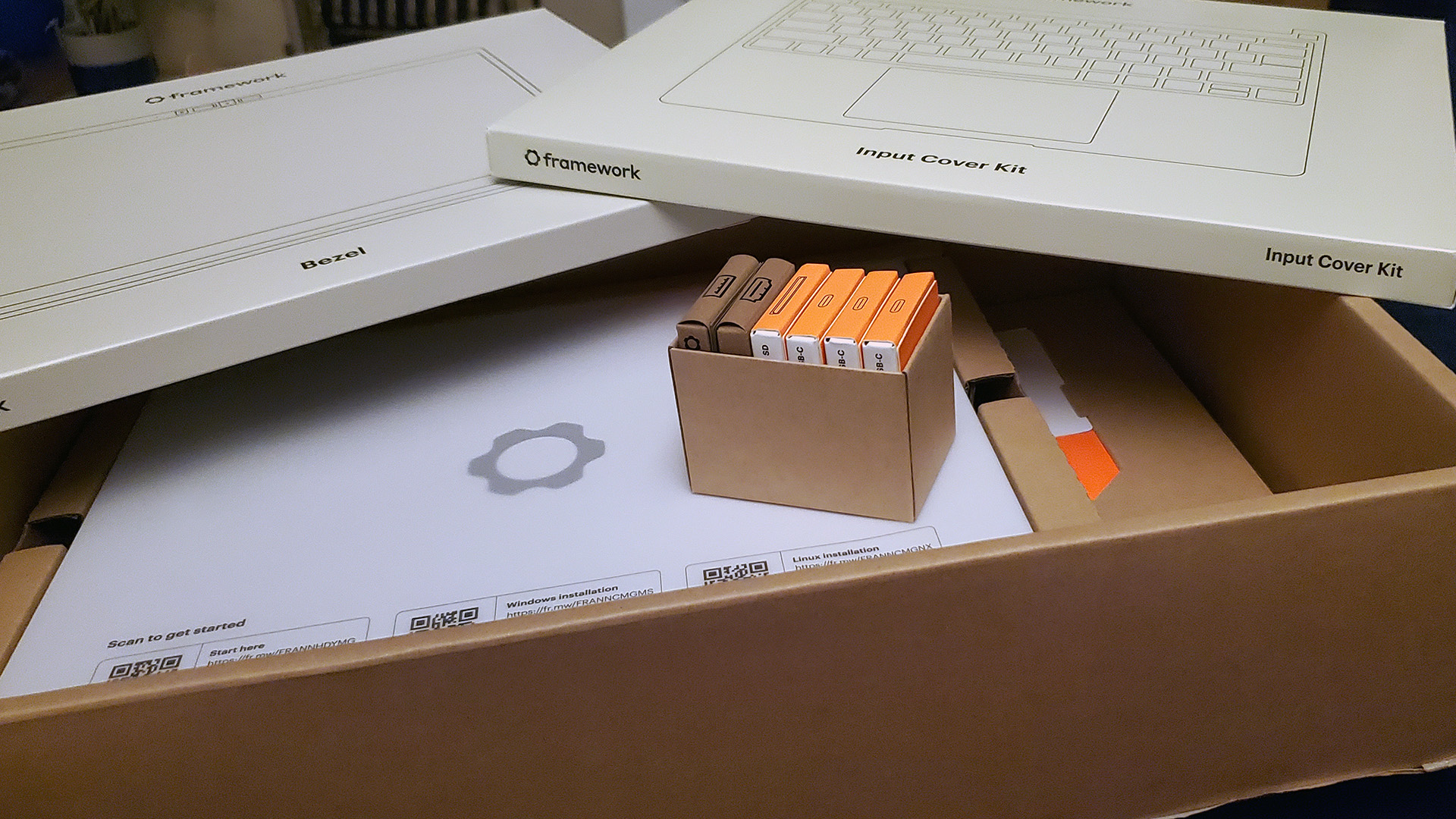
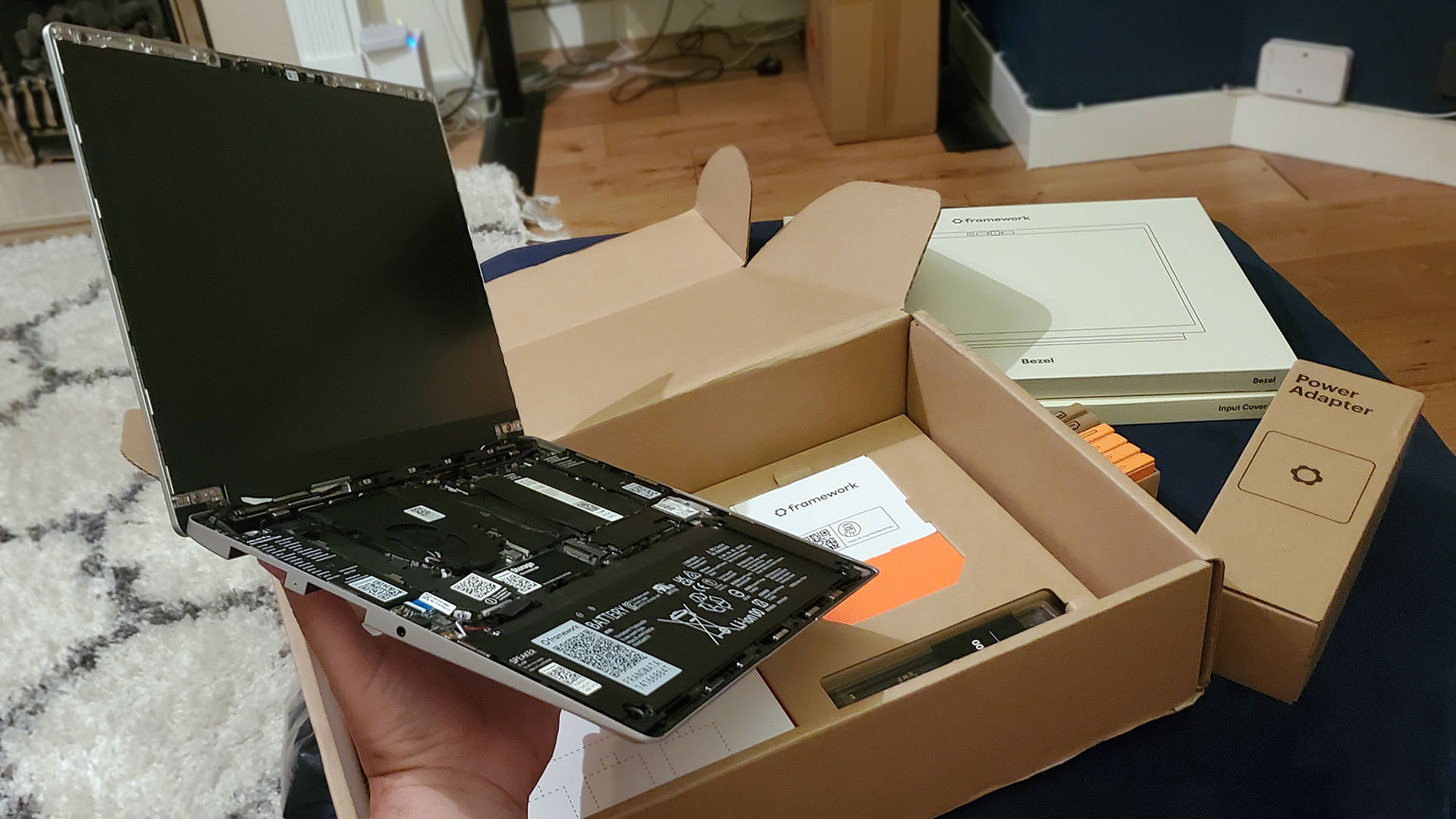
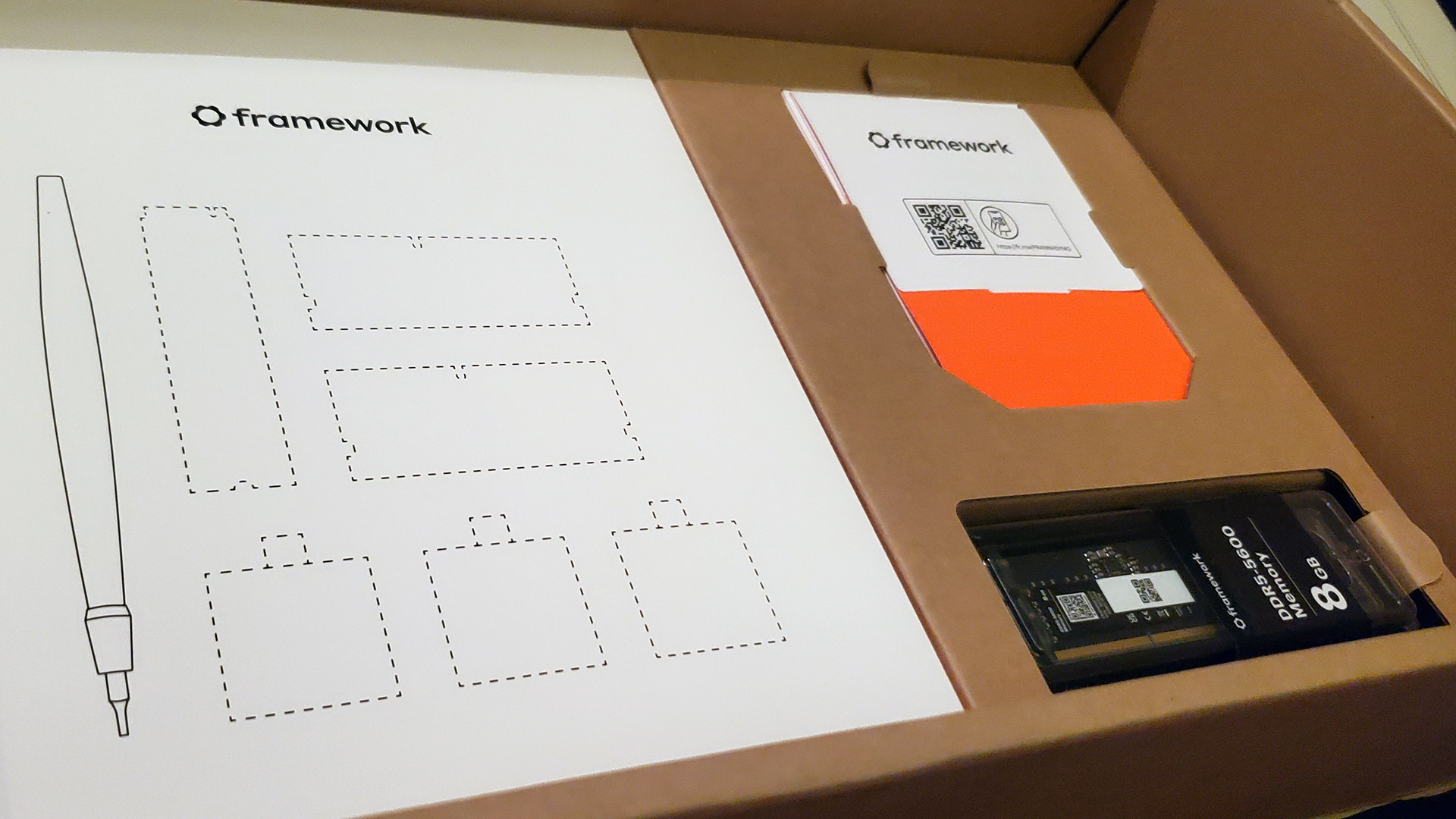
To be fair, cooling has been an issue with the Framework 13 machines. They're relatively thin devices and the need for their mainboards to be removable and upgradeable means they can't be too tightly interwoven with the insides of the chassis. And that means the fans are pretty small and have to work hard to keep things cool. With the Framework 13, that means they can get real loud, real quick.
That's not such a problem with the Core Ultra Series 1 mainboard, which manages to be relatively unobtrusive even when on max performance and pushing the CPU and iGPU to their limits. Even just running Football Manager on the Ryzen series board, by comparison, proves too much for me to be able to game in polite company.
But, as you can see from the benchmark numbers, the Ryzen chip is still the king of gaming and productivity performance. And, honestly, I'll take the louder fans for the extra performance. It's not really even about extra frame rates, or faster rendering, either, it's about the consistency of performance. I've found it rare in my long experience for an Intel device to be more flaky than a comparative AMD one, but that's where we are here.
Gaming performance, as we know from experience with Intel's GPU architecture, is up and down, and the 22-thread Core Ultra 155H in this mainboard isn't capable of beating the 16 Zen 4 threads in the Ryzen 7 7840U on a regular basis, either.
It's also rather damning that, gaming aside, the Core Ultra seems like a definite backward step from the Intel 13th Gen mainboard when it comes to performance. Unless you really want to play some games on your Framework, then there doesn't seem to be any reason to move from the 13th Gen to the Core Ultra Series, and if you did want to play some games you're better off getting the cheaper AMD mainboard anyway.
Still, the battery life and fan noise are moderately better, eh?
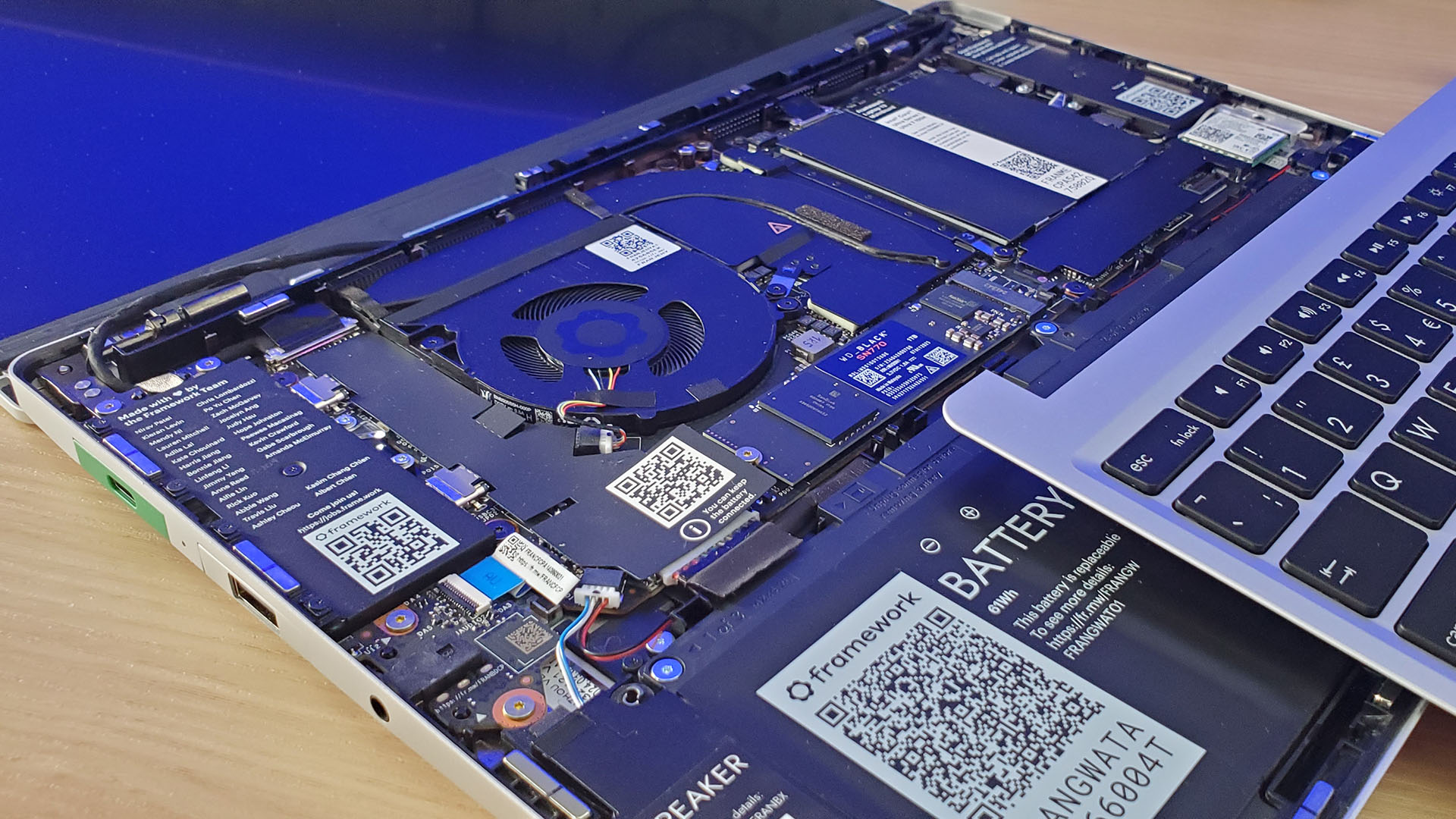
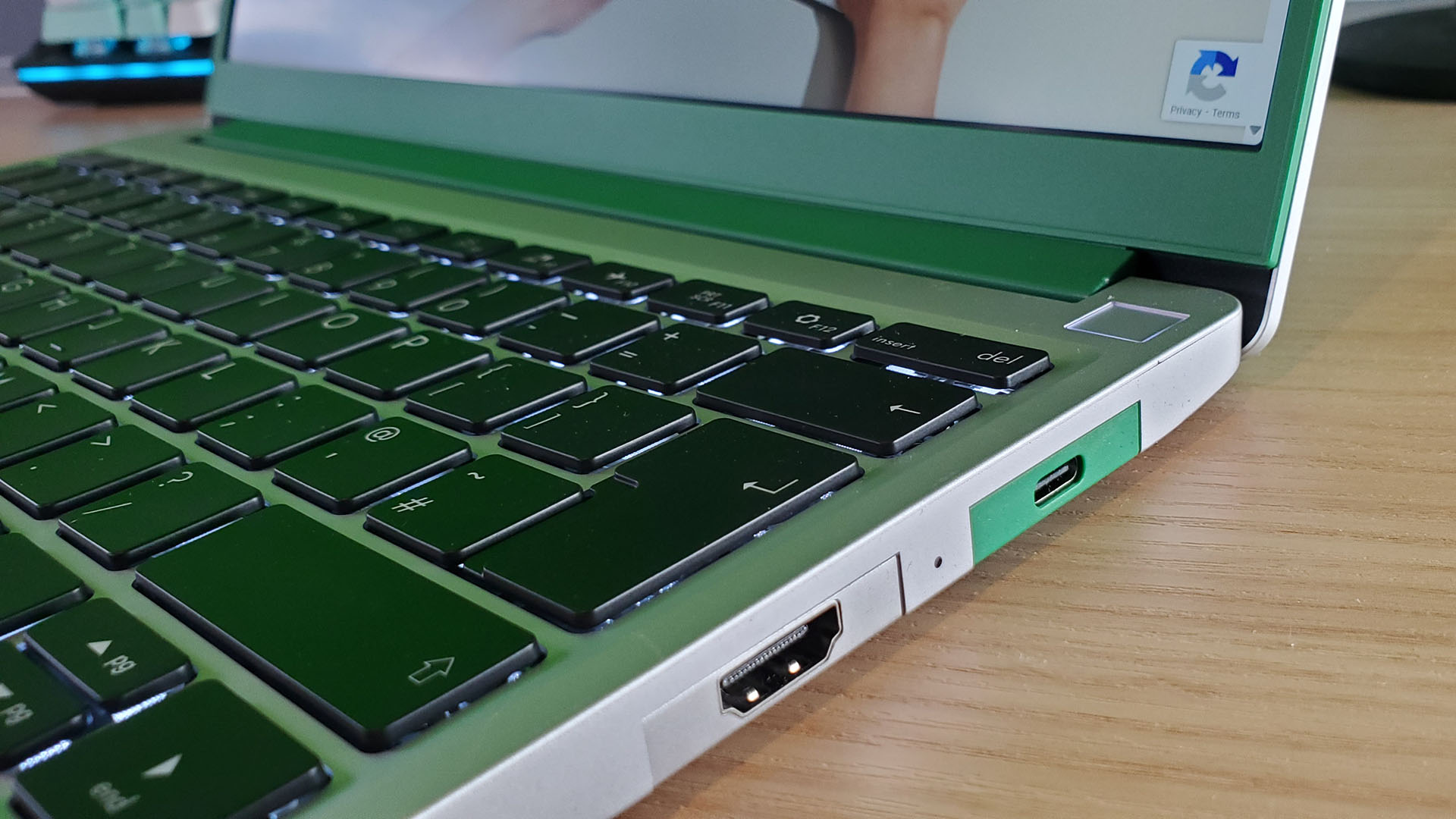
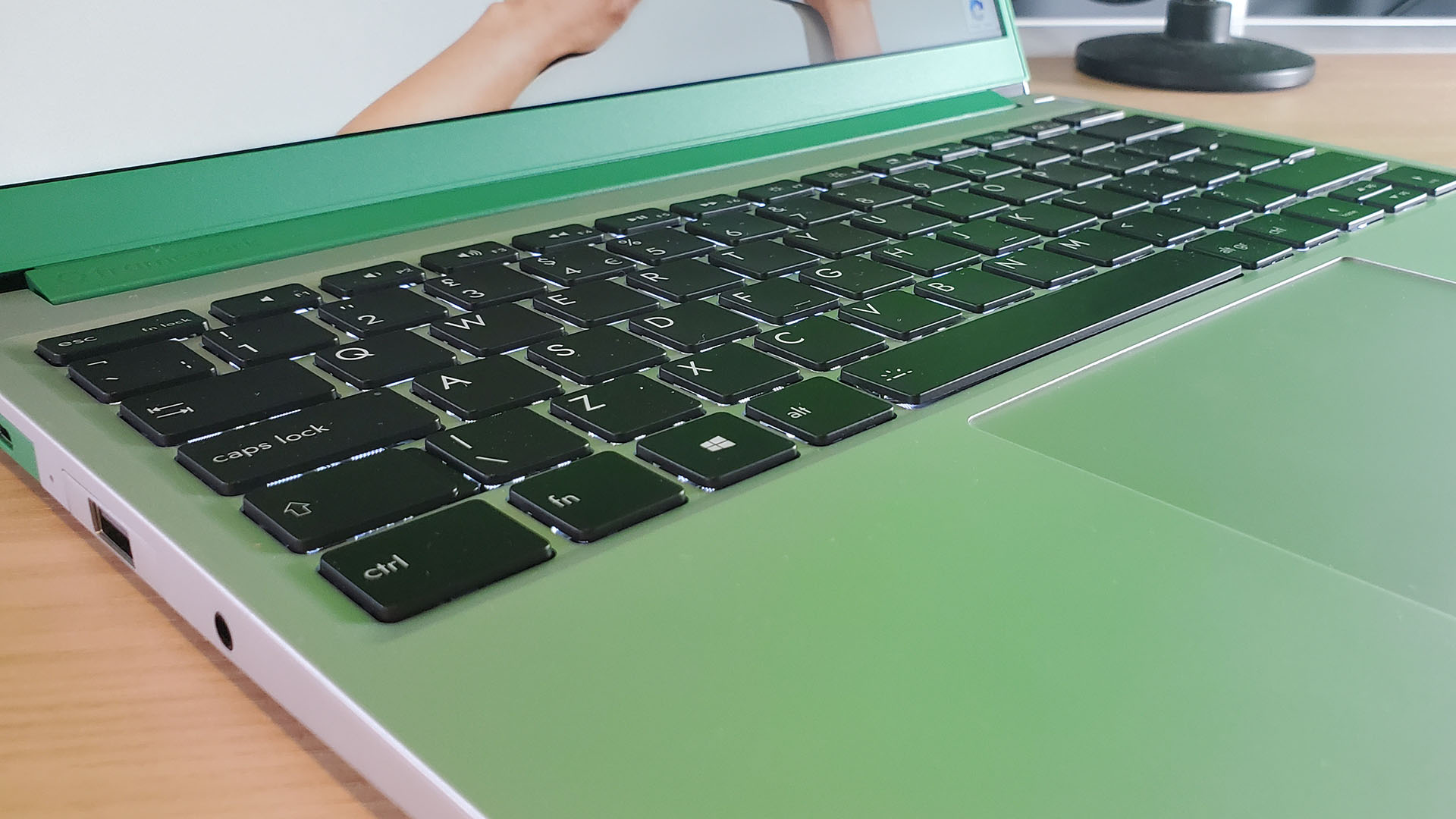
Frustratingly, you still have no control over how the system is set up in terms of anything more granular than Windows' own three power levels, and there is no hint of fan control on offer for any Framework owners. I ache for a bit of controller software like Ayaneo's AyaSpace app, which gives you almost endless control over its mini PCs and gaming handhelds.
I ache for a bit of controller software like Ayaneo's AyaSpace app.
That would allow you to squeeze a bit more gaming battery life out of your device, as you can do on modern handheld PCs. But, to be fair to the Meteor Lake mainboard, it does have a better battery life using the same capacity power brick as the AMD version. In gaming terms that only translates to some 12 minutes of extra playtime, but in standard office work that would stretch out to be a relatively significant extra bit of usable life.
The only other complaint I have from that otherwise stellar AMD-based Framework 13 is the screen. The 2256 x 1504 panel is only a 60 Hz display, and it does have some pretty rough ghosting issues when you're playing games on it. The new screen shipped with this DIY laptop, however, is the 2880 x 1920 version, which sports a 120 Hz refresh rate and a higher peak luminance, too.
It's definitely a superior panel to the original and a very welcome potential upgrade for anyone who has already bought a Framework 13. For some reason, the company's CEO has felt duty-bound to overshare about the rounded corners of the panel, and kudos for a commitment to transparency, but it's absolutely not an issue that I've paid any attention to in my time using the device.
What I will say, however, is that the ghosting is not gone. There is still a certain amount of it present with this panel, and that can lead to a slightly smeary effect when things are moving around the screen at speed, with you losing some detail in the image. It's better than the previous panel, for sure, but not night and day.
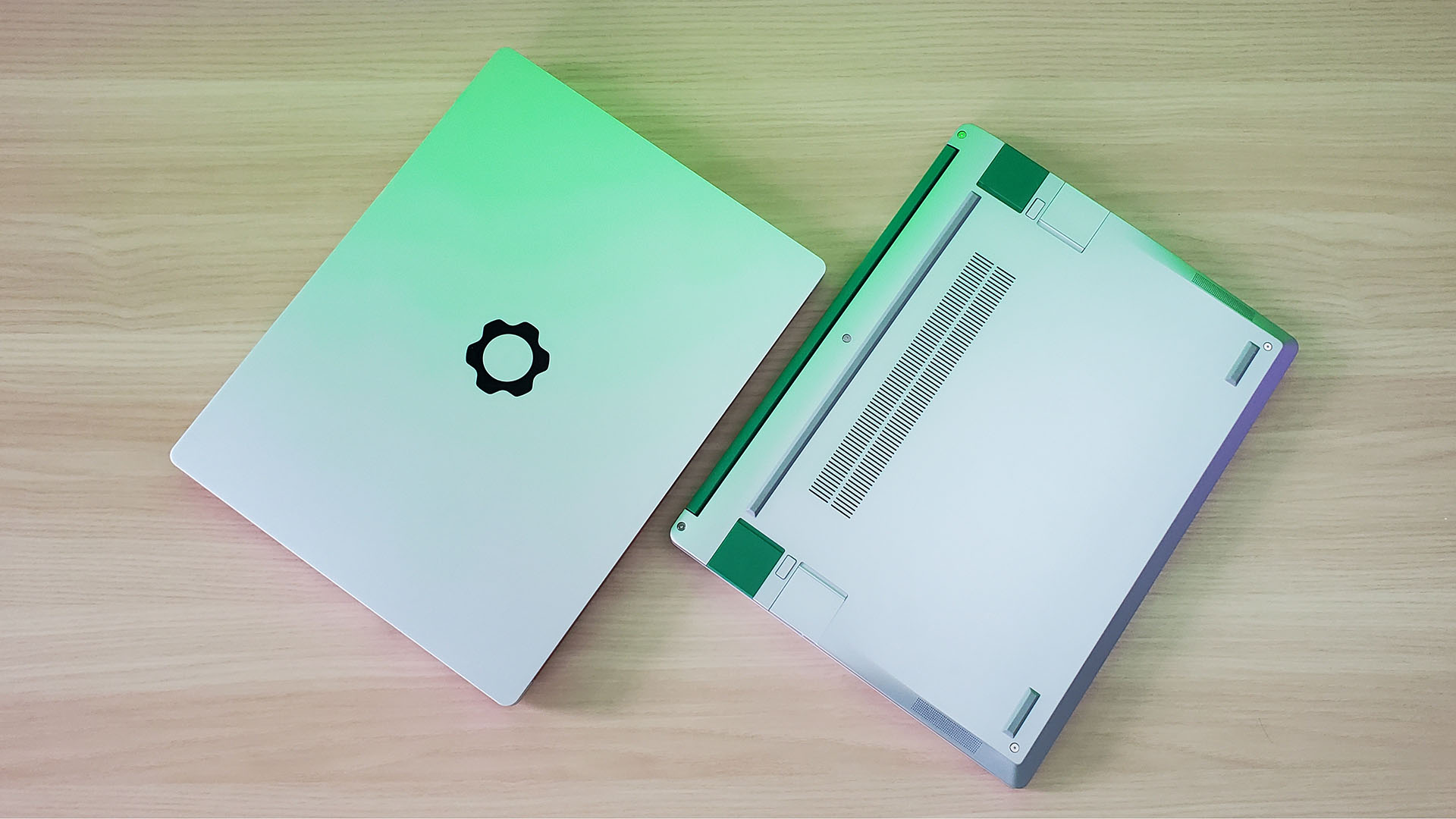


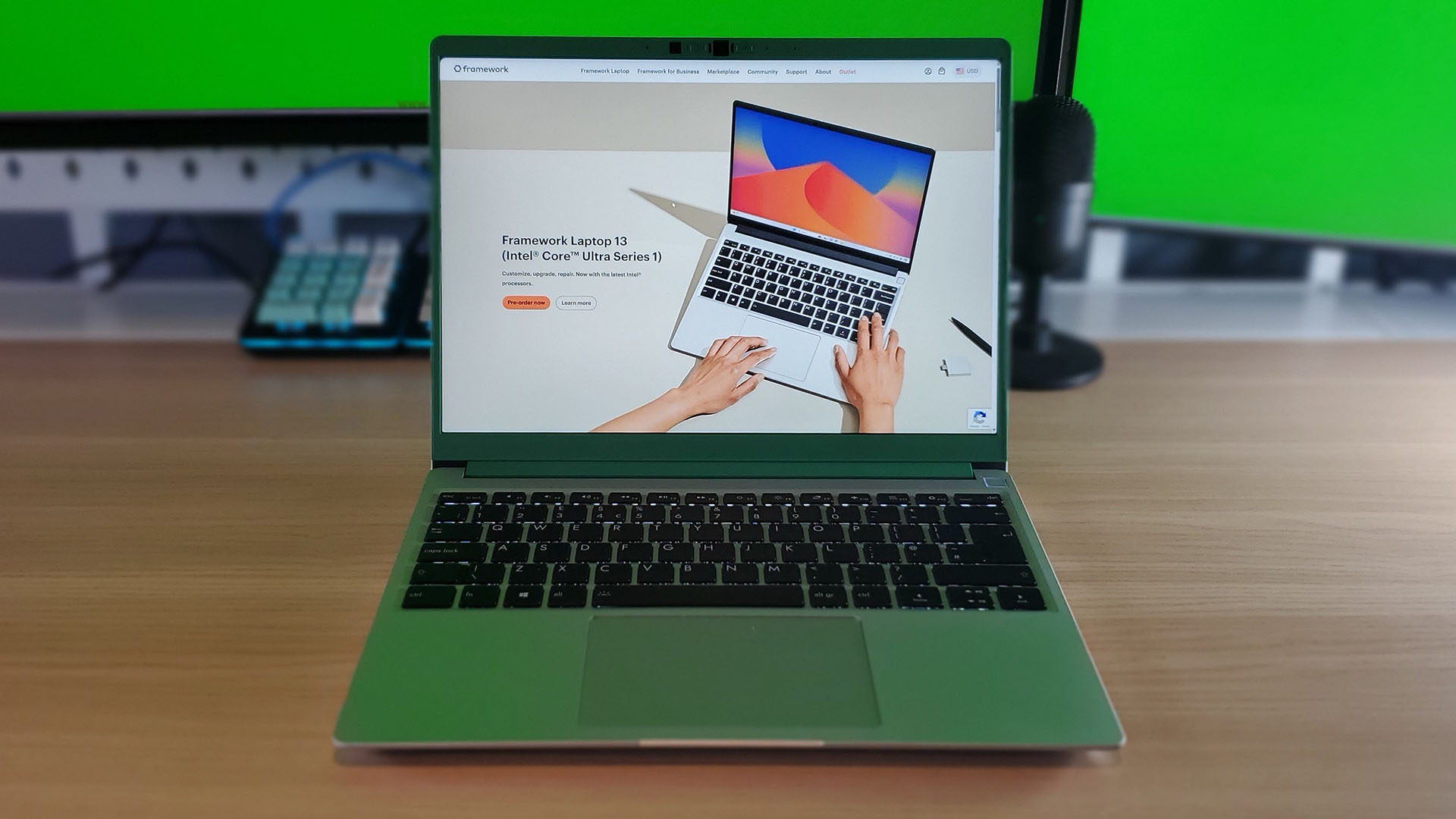
✅ You have a passionate aversion to AMD technology: This is the best Intel mainboard that Framework offers, and if you're looking to upgrade your ageing 11th Gen laptop, this mainboard will do it.
❌ You've already invested in a Ryzen-based Framework board: This may be newer technology, but it feels inferior in terms of overall performance and reliability of that performance.
❌ You're never going to upgrade your laptop: The Framework is an expensive purchase, but over time will pay for itself when you don't have to buy a whole new device a few years down the line and just need to upgrade. But if you never realistically see yourself doing that, it arguably doesn't make sense to spend the extra.
One oddity, however, is that the new screen seems to only be available to the DIY community. If you buy the prebuilt version of the Framework 13, in any form, your only option is the previous lower-res display, while you can choose to spend another $130 and get the better display if you go down the DIY route. It's worth noting here that you can also pick up the panel on the excellent Framework marketplace as a standalone component for $269. And it's an upgrade I would urge anyone with an existing device to make.
And it literally takes less than five minutes to stick into your laptop, too. Believe me, we've timed it.
I actually had quite high hopes for the Core Ultra Series 1 version of the Framework 13. In the plus column, we have both better battery life and quieter fans, but on the negative side, it's more expensive and slower than the AMD option.
And just feels a lot more unreliable in terms of what level of performance you're going to get out of it on a per-app, per-game basis. The Ryzen 7 7840U is utterly consistent, and you really know what you're going to get—namely top gaming performance and an eminently powerful eight-core Zen 4 processor.
In the end, that's the version of the Framework I'm going to go back to. I might take the higher resolution panel with me—I'm a damned sucker for high refresh rates, after all—but I'm not sold on the latest Intel mainboard itself at all.
The Framework 13 is still my favourite laptop, for all the company's dogged commitment to upgradeability and longevity. But this latest Intel Core Ultra mainboard, thanks to the weaker Meteor Lake hardware, feels like a bit of a backward step despite the advances in battery life and cooling it brings.

Dave has been gaming since the days of Zaxxon and Lady Bug on the Colecovision, and code books for the Commodore Vic 20 (Death Race 2000!). He built his first gaming PC at the tender age of 16, and finally finished bug-fixing the Cyrix-based system around a year later. When he dropped it out of the window. He first started writing for Official PlayStation Magazine and Xbox World many decades ago, then moved onto PC Format full-time, then PC Gamer, TechRadar, and T3 among others. Now he's back, writing about the nightmarish graphics card market, CPUs with more cores than sense, gaming laptops hotter than the sun, and SSDs more capacious than a Cybertruck.
